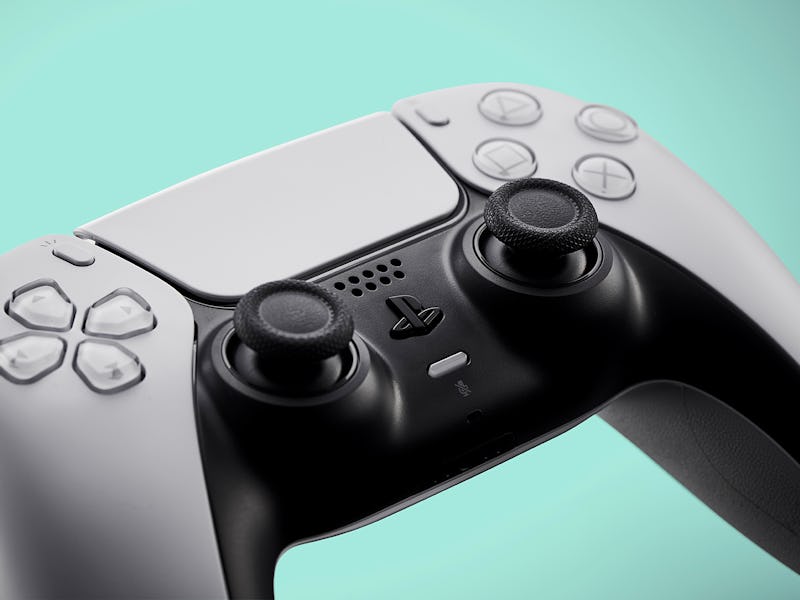PlayStation’s Summer Release Calendar is Barren — But Sony Has a Long-Term Strategy
Don’t sell your old consoles just yet.

Recent PlayStation headlines have been mixed, with IGN lamenting that Sony’s summer release schedule is bare even as Sony continues to stomp Microsoft in the sales department. PlayStation 5 owners have recently enjoyed Helldivers 2, Stellar Blade, and Final Fantasy VII Rebirth, but the rest of 2024 is largely limited to expansions for hits like Destiny 2 and Elden Ring. No offense to September’s Earth Defense: World Brothers 2, but it’s probably not going to upend the industry.
Next year will supposedly bring us DeathStranding 2, Grand Theft Auto VI, and other high-profile releases. In the interim, Sony is still outselling Microsoft like hotcakes compared to an unpopular rival hotcake brand, with analysts estimating that the PlayStation outsold Xbox by a margin of five to one in Q1 2024. But the most interesting data to be revealed, while not as eye-catching, tells you everything you need to know about where Sony — and likely the entire industry — is heading.
Sony has announced that the PlayStation Network has 118 million active users (via Kotaku). The PlayStation 5 just ticked over 59 million sales, so thanks to our handy pocket calculators we know another 59 million users are still rocking their trusty PlayStation 4s.
It can run the Elden Ring DLC; what more do you really need?
The PS4, after all, is perfectly capable of running Fortnite, Warzone, indie hits like Stardew Valley, and other games that can be played indefinitely. Many of Sony’s biggest releases, like Horizon Forbidden West and GoW: Ragnarök, are available on both platforms. More recent blockbusters, like Spider-Man 2, are starting to skip the PS4, but it still has a robust library for a console that launched in 2013. The PS5 experience may be more polished, but casual and cash-strapped players aren’t going to drop 500 bucks just to enjoy ray tracing.
Not coincidentally, the fundamental problem faced by Sony and Microsoft is that developing a blockbuster video game is more expensive than building a gold pyramid stuffed full of precious gems. Both are shuttering development studios like there’s a prize for issuing the most pink slips, and both are trying to get their increasingly risk-averse games in front of as many players as possible.
For Microsoft, that means relying on Game Pass. But sales of video game subscription services have stalled, and the fact that Microsoft felt compelled to close studios that produced hits like Hi-Fi Rush suggests that maintaining a subscription base by giving away titles that could sell by the bushel is not an economically sound strategy. Microsoft simply can’t rely on Game Pass somehow attracting millions of new users indefinitely.
While the Xbox One can run some modern titles, cross-generational support largely ended when Microsoft stopped selling it in 2020.
Sony is more selective about what games are made available on PlayStation Plus. Instead, it’s trying to stretch the lifespan of its consoles for as long as possible. Ensuring that lots of titles reach the still-popular PS4 helps mitigate the ludicrous cost of making games, and when you have a massive back catalog that’s easy to access, one lean summer doesn’t look so bad.
It’s difficult to imagine a future console as essential as those that jumped from 2D to 3D or offline to online gaming. Console lifespans will only grow as Sony and Microsoft try to build the biggest possible sales platforms rather than churn out new machines that render the denim of Leon Kennedy’s pants in slightly greater fidelity. Current rumors suggest we won’t see the PlayStation 6 until at least late 2027, and when it does arrive, you won’t have to rush out to get one. Odds are most of its games will work just fine on an old PS5.